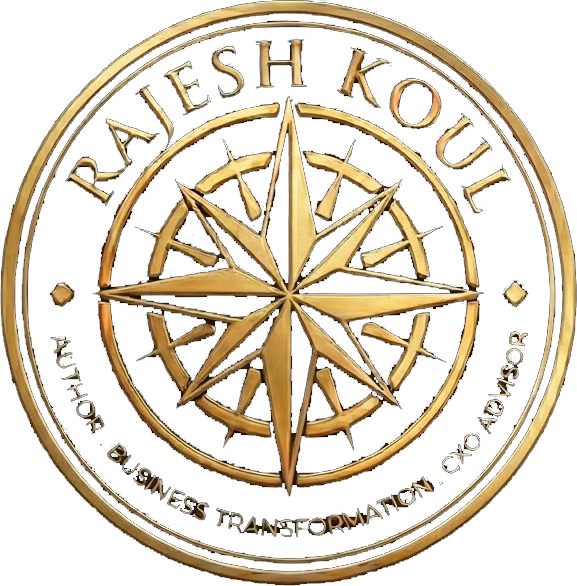Quality 4.0 represents a transformative journey that leverages advanced technologies and digitalization to enhance and redefine quality management. The roadmap for Quality 4.0 is marked by several key insights and principles that reflect its evolution.
The evolution of Quality 4.0 marks a significant journey from its earlier iterations, commencing with Quality 1.0, characterized by what we term Inspection Quality. In this phase, quality assurance predominantly relied on measurement and inspection. Notably, the emphasis was more on production volume than on ensuring quality. It is crucial to recognize that mere inspection does not guarantee quality outcomes. Moreover, this approach lacked a focus on cost reduction, waste elimination, and overall efficiency. Work conditions were not accorded significant importance, with the maximization of worker productivity taking precedence.
Advancing to Quality 2.0, identified as Assurance Quality, the primary focus remained on maximizing productivity. Adherence to standards reflecting the minimum acceptable quality level became the norm. Financial quality metrics were based on factors such as scrap and rework, while labour performance was utilized to measure productivity. However, the evolution was incomplete as this phase still prioritized productivity over holistic quality considerations.
Quality 3.0, also known as Business Quality, marked a pivotal shift where quality became a business imperative. Meeting customer requirements took centre stage, and a commitment to continual improvement was ingrained. Productivity gains were achieved by stabilizing highly efficient processes, standardizing work, and involving all workers in activities contributing to quality. Standardization initiatives such as ISO 9001 played a significant role, and organizations pursued business excellence through wide-ranging assessments.
The culmination of this evolutionary trajectory leads us to Quality 4.0, characterized by Cognitive Quality. Here, digitization catalyses signalling feedback and facilitates process adjustments. Adaptive learning mechanisms support self-induced system corrections, leading to a transformative shift in the control-oriented focus. Quality now transitions from process operators to process designers, as machines learn to self-regulate and manage their productivity and quality. In this era, human performance remains essential, but the emphasis decisively shifts from mere production to the nuanced design and integration of systems within the broader business framework. This reorientation underscores the profound impact of Quality 4.0 in reshaping how we approach and manage quality in a digitally driven-landscape
| Evolution | Theme | Era/area | Example |
| Quality 1.0 | Quality assurance through measurement and inspection, emphasis was production volume more than quality, the inspection does not guarantee the quality, Inspection doesn’t focus on cost reduction, eliminating wastes or loss and efficiency. Work conditions are not important, maximizing workers’ productivity takes precedence. | Manufacturing (early industrial era) | Early manufacturing industries where inspection was the primary means of ensuring product quality. |
| Quality 2.0 | Maximizing productivity continues to be the primary focus, adherence to standards that reflect the minimum acceptable quality level is prevalent, financial quality is measured based on scrap and rework, labour performance is used to measure productivity | Automotive Industry (mid-20th century) | The automotive industry during the mid-20th century, where standardized quality assurance processes were established. |
| Quality 3.0 | Quality is a business imperative, meeting customer requirements is emphasized, continual improvement is applied, and Gains in productivity occur by stabilising highlighting efficient processes, standardizing work and involving all workers in the activities that create quality, standardization activities (ISO 9001 etc) and achieving business excellence through organisation wide assessments | Service Industry (late 20th century) | The late 20th-century service industry focuses on business excellence through standardization and quality certifications. |
| Quality 4.0 | Digitalization is used to signal feedback and process adjustment and adaptive learning supports self-induced system corrections, quality shifts its control-oriented focus from process operators to the process designers, and Machine learning how to self-regulate and manage their productivity and quality, Human Performance is essential, emphasises shifts from production to system design and integration with the business system | Industry 4.0, Smart Manufacturing | The present-day Industry 4.0, Smart Manufacturing, where advanced technologies like IoT, AI, and machine learning redefine how quality is managed and optimized. |
